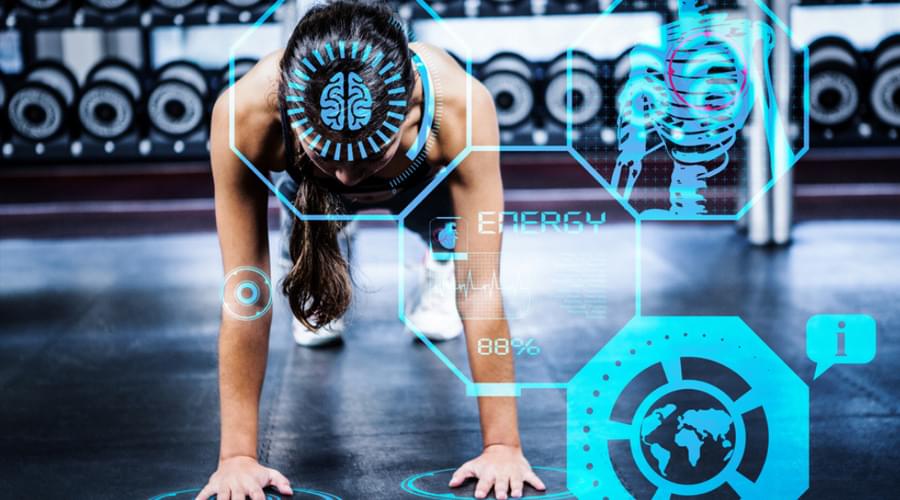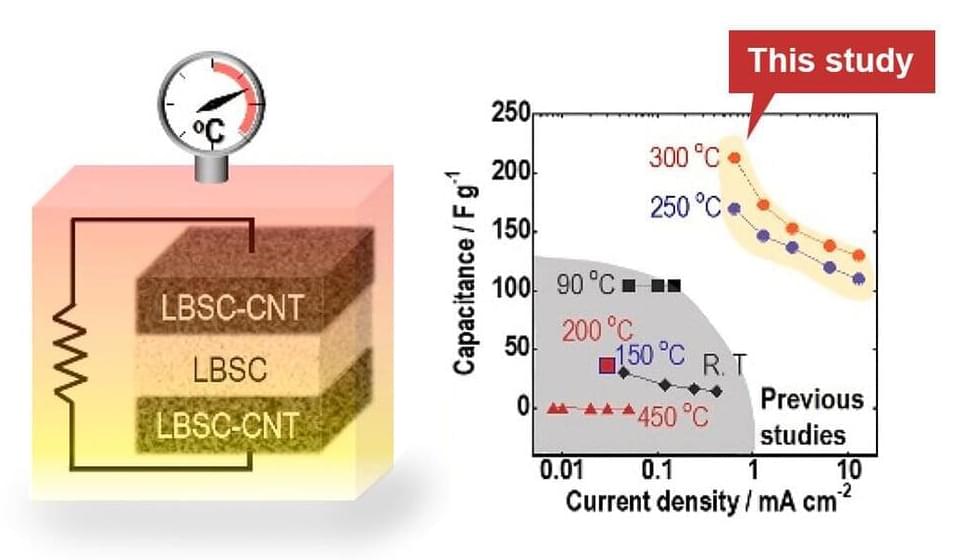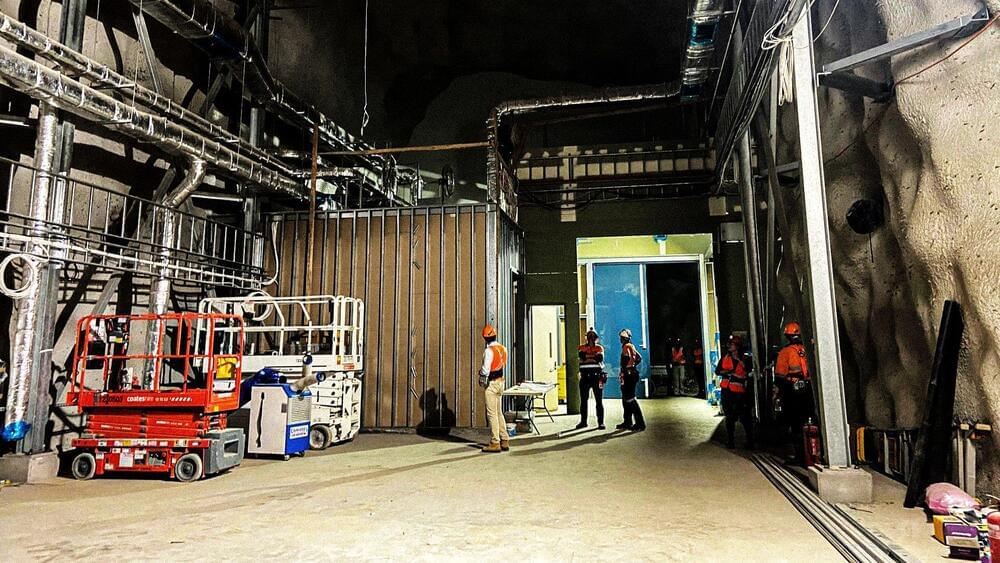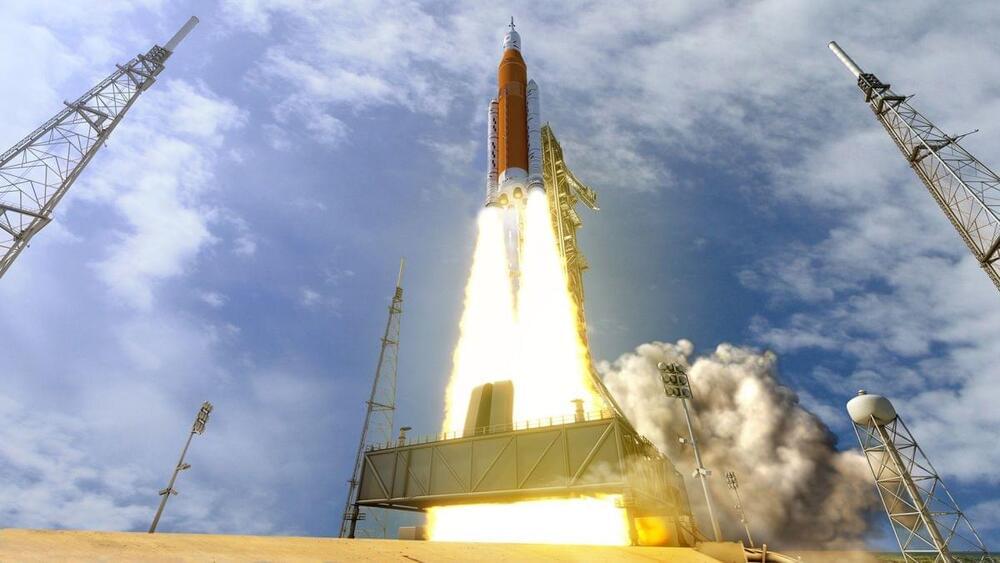Aug 19, 2022
Meta-mutants! This is what AI thinks humans look like in the metaverse
Posted by Jose Ruben Rodriguez Fuentes in category: robotics/AI
Artificial intelligence has produced creepy images of what it thinks humans will look like in the metaverse.
Craiyon AI, a popular text-to-image system, created several different pictures of what people might look like if humans all join the metaverse. Each has an augmented reality headset merged with their face.
A number of tech companies, including Mark Zuckerberg’s Meta, are pouring billions of dollars to create virtual worlds where people will be able to shop, work and be entertained.

















